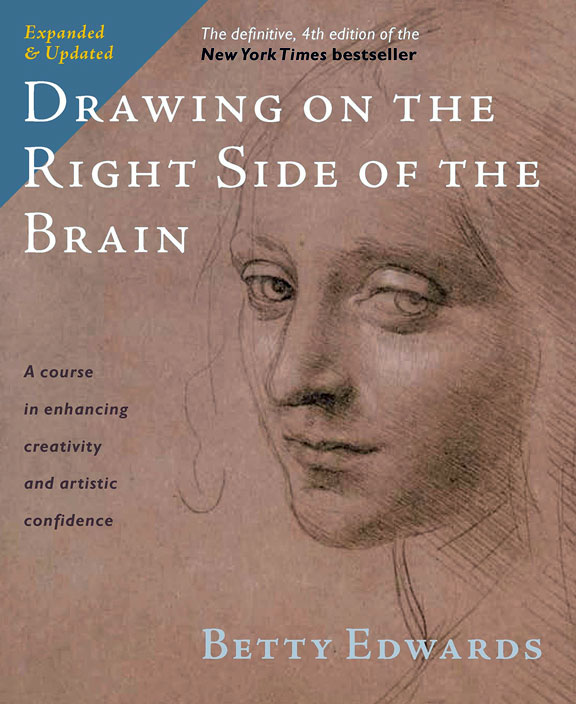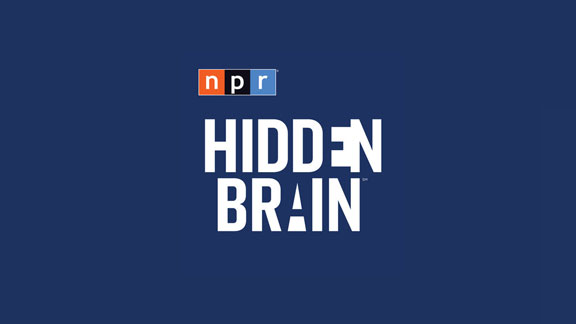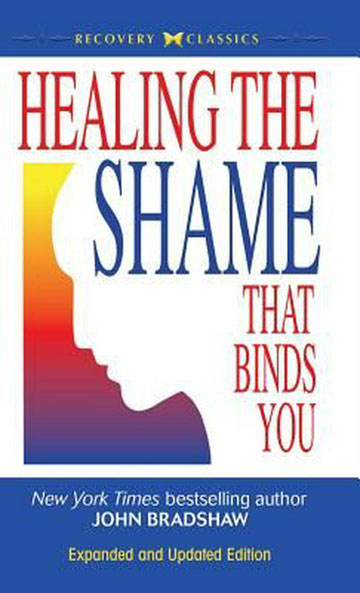Left Right Left
For this article, I searched online to find a source that confirmed my personal understanding of the term “euphoric recall,” an experience that might be like an “epiphany” or “aha” moment.  Recently, I’d been reminded of a pencil-sketch exercise outlined in Betty Edwards 1979 book “Drawing on the Right Side of the Brain.” Ms. Edwards’ assignment involved duplicating a sketch of Pablo Picasso by inverting the image and copying the inverted image. The point of the exercise was to override the left hemisphere of the brain.
Recently, I’d been reminded of a pencil-sketch exercise outlined in Betty Edwards 1979 book “Drawing on the Right Side of the Brain.” Ms. Edwards’ assignment involved duplicating a sketch of Pablo Picasso by inverting the image and copying the inverted image. The point of the exercise was to override the left hemisphere of the brain.
Betty Edwards’ theory is that when the left brain dominates, new artists tend to draw what their minds tells them a subject or object looks like instead of drawing the lines, shadows and spaces the artist sees. I followed Ms. Edward’s instructions and when I felt satisfied that I’d connected every line, I inverted my reproduction of Edwards’ inverted image of Picasso to find I’d drawn a good likeness of a sketch of Picasso’s likeness. I felt euphoric.
Back then, I had no interest in drawing. I’d purchased “Drawing on the Right Side of the Brain” on the recommendation of an English professor at University College who’d said that the techniques in the book could improve one’s writing. Most plots can be summarized in one sentence. Details, which take time to identify, assemble, and select, make the story. The left brain tends to summarize.
Today’s meme-based communication probably involves some left-brain reductionism.
As for “euphoric recall,” most online definitions associate the phenomenon with drug addicts’ exaggeration of good times involving past highs. Still, the brain and memory research I read leads me to believe that something like euphoric recall occurs whenever someone remembers a physical sense of joy connected to some perceived happy event, and, that nature designed our biochemistry to reward us, particularly as adolescents, with feel-good neurochemicals and hormones intended to lead us to repeat actions that result in good feelings. Nature’s cyclical. Nature wants to improve the chances that nature will continue. It is natural to want to feel good, as in not anxious, pain-free, and connected. Nature needs nurture, and there is some speculation that left brain coding, and th that coding’s dominance over the right brain, has limited some of the individualized nurturing that human beings needs to thrive.
In a recent edition of NPR’s “Hidden Brain,” host Shankar Vedantam interviewed psychiatrist Iain
McGilchrist, author of “The Master and his Emissary – The Divided Brain and the Making of the Western World.” Dr. McGilchrist said that when he first began to study brain function, his colleagues cautioned him to avoid brain hemisphere issues. Discussions about right brain/left brain function often morph into right brain versus left brain personality stereotyping.
This much is concrete and true: the right hemisphere controls the left side of the body and the left hemisphere controls the right side. If an injury to one hemisphere impairs mobility, physical therapy and neuroplasticity can, over time, result in the other hemisphere taking over some functions. Physical movement and physical therapy help heal the brain. How we use our bodies can change our brains. Yoga and meditation help integrate brain function. The corpus callosum connects the brain’s two hemispheres.
 In his 1988 book “Healing the Shame that Binds You,” therapist John Bradshaw, suggested that people suffering from low self-esteem could change their self-image by writing positive affirmations using their non-dominant hand. Writing affirmations is often recommended by therapists. Writing affirmations while learning to write with a previously unused (for writing) hand, adds a neurologically powerful element to the process. Bradshaw characterized his technique as re-parenting the damaged self by relearning a core skill together with a positive message. Of course, one’s non-dominant hand is not always a left hand connected to the right side of the brain.
In his 1988 book “Healing the Shame that Binds You,” therapist John Bradshaw, suggested that people suffering from low self-esteem could change their self-image by writing positive affirmations using their non-dominant hand. Writing affirmations is often recommended by therapists. Writing affirmations while learning to write with a previously unused (for writing) hand, adds a neurologically powerful element to the process. Bradshaw characterized his technique as re-parenting the damaged self by relearning a core skill together with a positive message. Of course, one’s non-dominant hand is not always a left hand connected to the right side of the brain.
Still, most people are right handed, and some researchers suspect right-handedness followed the
development of literacy and language-based culture; language is associated with the left hemisphere of the brain. Left handedness sometimes correlates with dyslexia, a condition affecting interpretation of words and letters. Correlation is not causation, and right and left-brain processes are never either/or.
Conditions and tendencies associated with either brain hemisphere are best depicted in Venn Diagram format.
Long ago, Heraclitus said, “No man ever steps in the same river twice, for it’s not the same river and he’s not the same man.” Water flows. Cells die and regenerate. New information inundates us every day, even when we try to ignore it. If, as some researchers believe, the left brain simplifies our world for us with metaphors that don’t 100% accurately reflect the diversity of everything, we can choose to think more specifically. Mulling things over while engaging in the left-right bilateral movement of walking is thought to continually integrate brain function while releasing the feel-good neurochemicals that should prod us to go for a walk again and look around some more.











